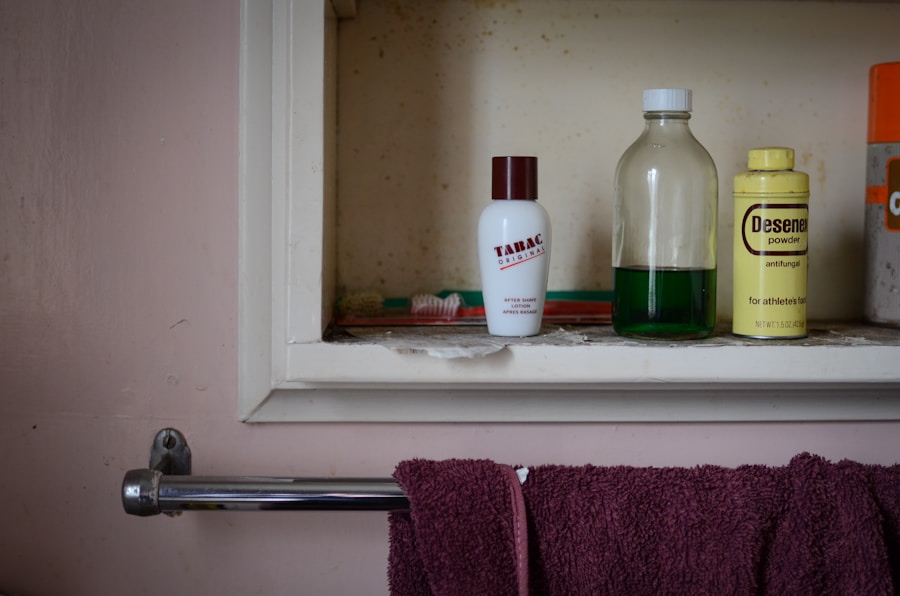Laser hair removal is a popular cosmetic procedure that uses concentrated beams of light to remove unwanted hair. The process works by targeting the pigment in the hair follicles, which absorbs the light and destroys the hair. This results in a reduction in hair growth over time. The procedure is most effective on individuals with light skin and dark hair, as the contrast between the two makes it easier for the laser to target the hair follicles. It is important to note that laser hair removal is not a one-time treatment, and multiple sessions are usually required to achieve long-term results. The number of sessions needed varies depending on factors such as the area being treated, the thickness of the hair, and the individual’s skin type.
Before undergoing laser hair removal, it is important to consult with a professional to determine if you are a suitable candidate for the procedure. It is also important to avoid sun exposure and tanning beds in the weeks leading up to the treatment, as this can increase the risk of complications and reduce the effectiveness of the procedure. Additionally, it is important to avoid plucking, waxing, or electrolysis in the weeks leading up to the treatment, as these methods can disturb the hair follicles and make the procedure less effective. Overall, understanding the laser hair removal process and preparing for it properly is essential for achieving optimal results.
Preparing for Long-Term Aftercare
After undergoing laser hair removal, it is important to take proper care of your skin to ensure long-term results. This includes avoiding sun exposure and tanning beds for at least six weeks following the treatment, as the skin will be more sensitive to UV rays during this time. It is also important to avoid hot showers, saunas, and steam rooms for a few days after the treatment, as these can irritate the skin and increase the risk of complications. Additionally, it is important to keep the treated area clean and moisturized to promote healing and reduce the risk of infection.
In addition to these precautions, it is important to follow any specific aftercare instructions provided by your healthcare provider. This may include using a gentle cleanser and moisturizer, avoiding harsh skincare products, and applying a soothing cream or gel to reduce any redness or irritation. Overall, preparing for long-term aftercare is essential for ensuring that your skin heals properly and that you achieve the best possible results from your laser hair removal treatment.
Post-Treatment Skincare Routine
Following a laser hair removal treatment, it is important to establish a post-treatment skincare routine to promote healing and reduce the risk of complications. This may include using a gentle cleanser and moisturizer to keep the treated area clean and hydrated. It is also important to avoid using harsh skincare products or exfoliants on the treated area, as these can irritate the skin and increase the risk of complications. Additionally, applying a soothing cream or gel to reduce any redness or irritation can help promote healing and reduce discomfort.
In addition to these precautions, it is important to avoid sun exposure and tanning beds for at least six weeks following the treatment, as the skin will be more sensitive to UV rays during this time. Using a broad-spectrum sunscreen with an SPF of 30 or higher can help protect the skin from UV damage and reduce the risk of complications. Overall, establishing a post-treatment skincare routine is essential for promoting healing and reducing the risk of complications following laser hair removal.
Protecting Your Skin from Sun Exposure
After undergoing laser hair removal, it is important to protect your skin from sun exposure to reduce the risk of complications and ensure long-term results. This includes avoiding sun exposure and tanning beds for at least six weeks following the treatment, as the skin will be more sensitive to UV rays during this time. Using a broad-spectrum sunscreen with an SPF of 30 or higher can help protect the skin from UV damage and reduce the risk of complications. It is also important to wear protective clothing, such as hats and sunglasses, when spending time outdoors to further protect the skin from UV damage.
In addition to these precautions, it is important to avoid hot showers, saunas, and steam rooms for a few days after the treatment, as these can irritate the skin and increase the risk of complications. Keeping the treated area clean and moisturized can also help promote healing and reduce discomfort. Overall, protecting your skin from sun exposure is essential for reducing the risk of complications and ensuring long-term results following laser hair removal.
Managing Potential Side Effects
While laser hair removal is generally safe, there are some potential side effects that may occur following treatment. These can include redness, swelling, and irritation at the treatment site, as well as changes in skin pigmentation. In some cases, blistering or crusting may occur, although these side effects are rare. It is important to follow any specific aftercare instructions provided by your healthcare provider to manage these potential side effects and promote healing.
In addition to following aftercare instructions, using a soothing cream or gel can help reduce redness and irritation at the treatment site. It is also important to avoid using harsh skincare products or exfoliants on the treated area, as these can irritate the skin and increase the risk of complications. If you experience any severe or prolonged side effects following laser hair removal, it is important to contact your healthcare provider for further guidance. Overall, managing potential side effects is essential for promoting healing and reducing discomfort following laser hair removal.
Maintaining Long-Term Results
To maintain long-term results following laser hair removal, it is important to undergo multiple treatment sessions as recommended by your healthcare provider. This is because hair grows in different cycles, and multiple sessions are needed to target all of the hair follicles in a specific area. It is also important to avoid plucking, waxing, or electrolysis in between treatment sessions, as these methods can disturb the hair follicles and make the procedure less effective.
In addition to undergoing multiple treatment sessions, it is important to protect your skin from sun exposure and follow a post-treatment skincare routine as recommended by your healthcare provider. This includes using a broad-spectrum sunscreen with an SPF of 30 or higher to protect the skin from UV damage and avoiding hot showers, saunas, and steam rooms for a few days after each treatment session. Overall, maintaining long-term results following laser hair removal requires a combination of proper aftercare and multiple treatment sessions as recommended by your healthcare provider.
Consultation with a Professional
Before undergoing laser hair removal, it is important to schedule a consultation with a professional to determine if you are a suitable candidate for the procedure. During this consultation, your healthcare provider will assess your skin type, hair color, and medical history to determine if laser hair removal is right for you. They will also discuss any potential risks or side effects associated with the procedure and provide you with specific aftercare instructions to follow following treatment.
In addition to discussing your candidacy for laser hair removal, your healthcare provider can also answer any questions you may have about the procedure and provide you with information about what to expect during and after treatment. They can also provide you with an estimate of how many treatment sessions you may need based on factors such as the area being treated and the thickness of your hair. Overall, scheduling a consultation with a professional before undergoing laser hair removal is essential for ensuring that you are well-informed about the procedure and prepared for what to expect during and after treatment.
In conclusion, laser hair removal is a popular cosmetic procedure that uses concentrated beams of light to remove unwanted hair. Understanding the process, preparing for long-term aftercare, establishing a post-treatment skincare routine, protecting your skin from sun exposure, managing potential side effects, maintaining long-term results, and scheduling a consultation with a professional are all essential steps in achieving optimal results from laser hair removal. By following these guidelines and working closely with your healthcare provider, you can ensure that you achieve long-term results from laser hair removal while minimizing any potential risks or side effects associated with the procedure.






